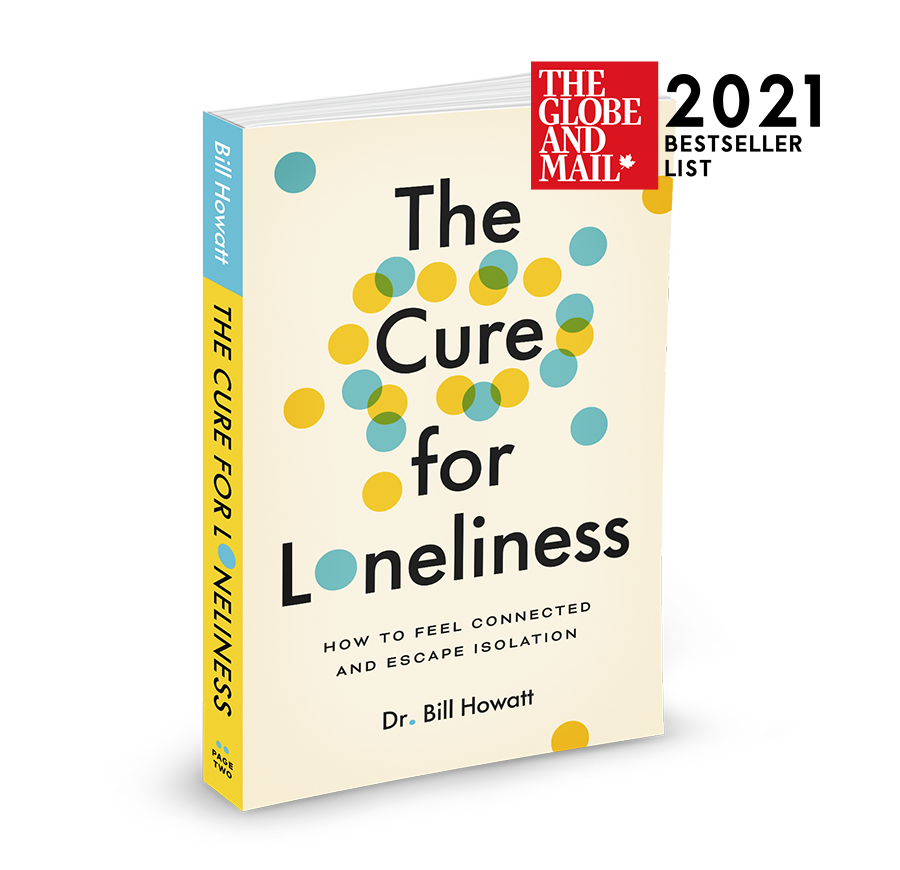Many leaders have created, or are in the process of building, mental health programs in their workplaces. Most are founded on accessibility, transparency and creating an environment where employees feel safe to talk about any issues they are facing. Many scenarios and situations are considered when planning these programs, but suicide is often excluded. This isn’t entirely surprising – knowing how to approach the topic of suicide can be intimidating – scary even. However, it is vitally important that employees feel it is “on the table” among all the other mental health concerns they might bring forward, or the results could be devastating.
Suicide is a major global problem – a leading cause of death worldwide, killing more than 800,000 people each year.[1] Think about the number of people on a 747 aircraft and imagine one plane crashing every month for a year.[2] That is approximately how many people in Canada die by suicide annually. On average, that means 10-12 people in Canada die by suicide every day.[3] The leading causes are mental illness and substance use disorders.[4]
This was a huge issue in Canada before COVID-19, and the crisis has only amplified the risk.
IMPACT OF COVID-19 ON CANADIANS’ MENTAL HEALTH
- In April, the Mental Health Commission of Canada and Nanos Research reported, “Canadians are four times more likely to report their mental health is worse or somewhat worse than before COVID-19, rather than better or somewhat better.”[5]
- This suggests that more employees may now be struggling with their mental health, which can increase the number of employees who may be at risk.
- Social isolation brought on by COVID-19 should also be considered an additional risk factor. The World Health Organization, in tandem with the International Association for Suicide Prevention, pointed out how critical social connectedness is for reducing risk for suicide.[6]
We can expect that the deterioration in mental health and sense of disconnect due to social isolation and physical distancing, combined with fear about financial security, will only increase the risk of suicide in the coming months and years. Mara Grunau, executive director for Centre for Suicide Prevention, suggested that for every one per cent increase in unemployment, there is a corresponding 0.79 per cent spike in suicide.[7]
WHAT ROLE CAN MANAGERS PLAY TO REDUCE EMPLOYEES’ RISK FOR SUICIDE?
Managers have a role to play in protecting employees’ psychological health and safety in the workplace, including preventing them from harming themselves and making life-ending decisions.
An important first step they can take is to become aware of suicide risk factors. Some of the more common risk factors identified by the Center for Disease Control (CDC)[8] include:
- Loss (relational, social, work, or financial)
- Family history of suicide
- Previous suicide attempt(s)
- History of mental illness, particularly clinical depression
- History of alcohol and substance misuse
- Feelings of hopelessness
- Physical illness
Another risk factor on the CDC’s list is unwillingness to seek support due to the stigma attached to mental illness, substance use disorders and suicidal thoughts. Managers who have a basic understanding of how they can lend support can be a vitally important protective factor in preventing suicide. The more protective factors an employee has in place, the more likely they will be able to cope with life stress and challenges presented by COVID-19.
EXAMPLES OF PROTECTIVE FACTORS:
- Social skills (e.g., decision-making, problem-solving, anger management)
- Good physical and mental health
- Knowledge of how to access mental health support (e.g., EFAP)
- Strong connections to friends, family, partner and work peers
- Hope for the future
- Strong self-esteem
- Sense of personal control
- Coping skills
- Resiliency
- Being married or a parent
COACHING TIPS TO SUPPORT EMPLOYEES AT RISK:
Lending support to an employee considering suicide is an intimidating proposition. To ensure managers are adequately prepared and feel confident to do this, you should address this in your program and talk openly about this risk to increase their knowledge and awareness. Remind managers in your organization that:
- Suicide can happen to anyone – Realize that all employees can be at risk. The combination of risk factors and protective factors will predict an employee’s degree of risk.
- They play an important role – Managers are not expected to be psychologists nor are they trained to facilitate psychological interventions for persons at risk. Their role is to observe and support employees who appear to be at risk, and if they become aware of the situation worsening, to get the necessary professional help.
- Training is available – Ideally, managers should be provided with basic suicide intervention training that provides guidance on how to intervene, ask questions and provide support until professional help can be provided. Consider Mental Health First Aid training to equip managers with the skills to support someone experiencing thoughts of suicide or other mental health problems.
- They should follow basic intervention guidelines – Never leave a suicidal person alone, and never promise not to tell anyone about a suicidal threat. Always report a suicidal threat to your direct manager, and get the person to professional support as fast as possible (e.g., Crisis Services Canada 1-833-456-4566, EFAP, 911 Emergency and local mental health services).
- Ensure ongoing support mechanisms are in place in the event of suicide – If a colleague dies by suicide, recognize that employees will respond in different ways, with feelings of guilt or grief. Make sure employees have access to professional counselling and ongoing support, and the opportunity to remember their colleague in a meaningful manner.
Caring managers who are trusted, approachable, display empathy, and promote a psychologically safe workplace can be a major protective factor to assist employees who are are at risk. These types of managers are more likely to be approached and to notice and ask employees questions such as, “How are you doing? Is everything OK?”
We will feel the impact of COVID-19 for months, if not years, and likely won’t fully understand the extent of the fallout for some time. Creating a supportive and open environment where all issues can be brought forward will help protect those who are vulnerable from making devasting decisions. We know that for every person who takes their own life, twenty-five other lives are profoundly and irrevocably affected. We all have a role to play in preventing this tragic turn of events.


